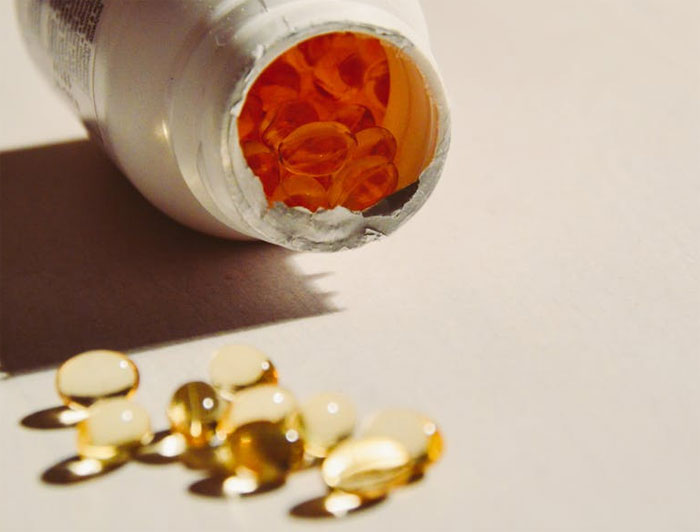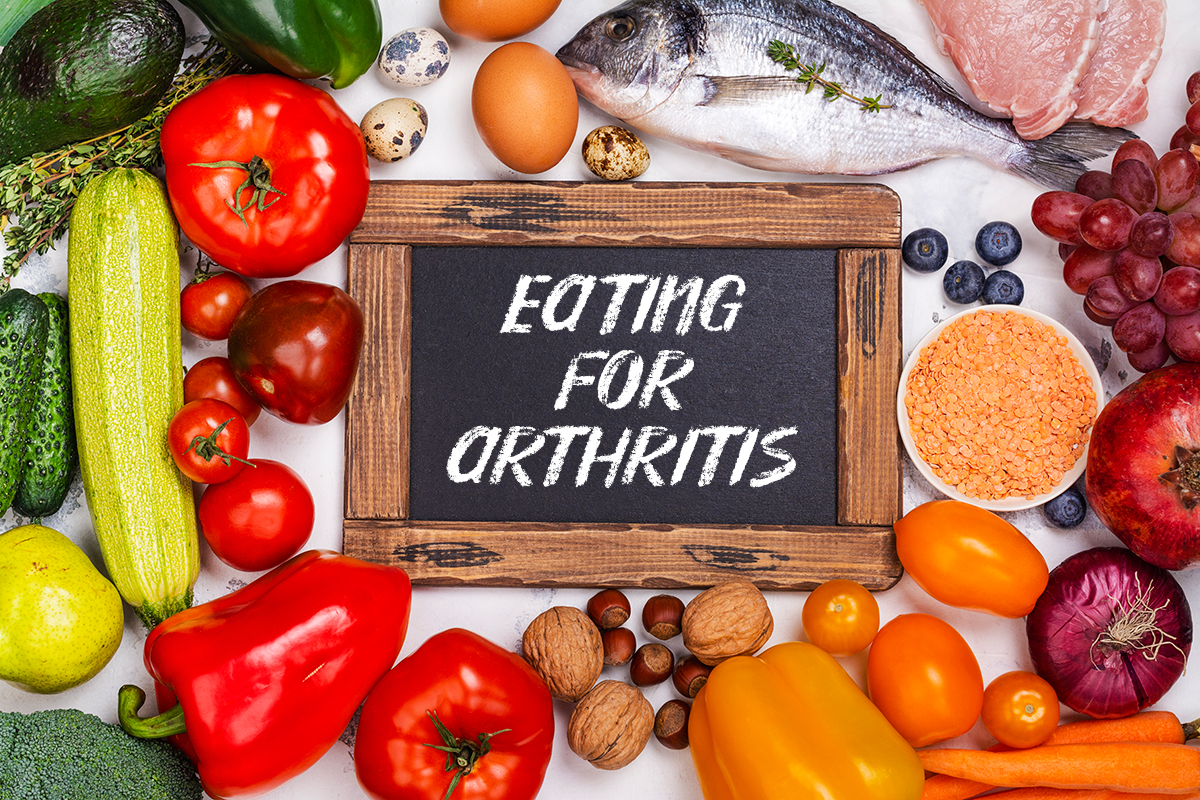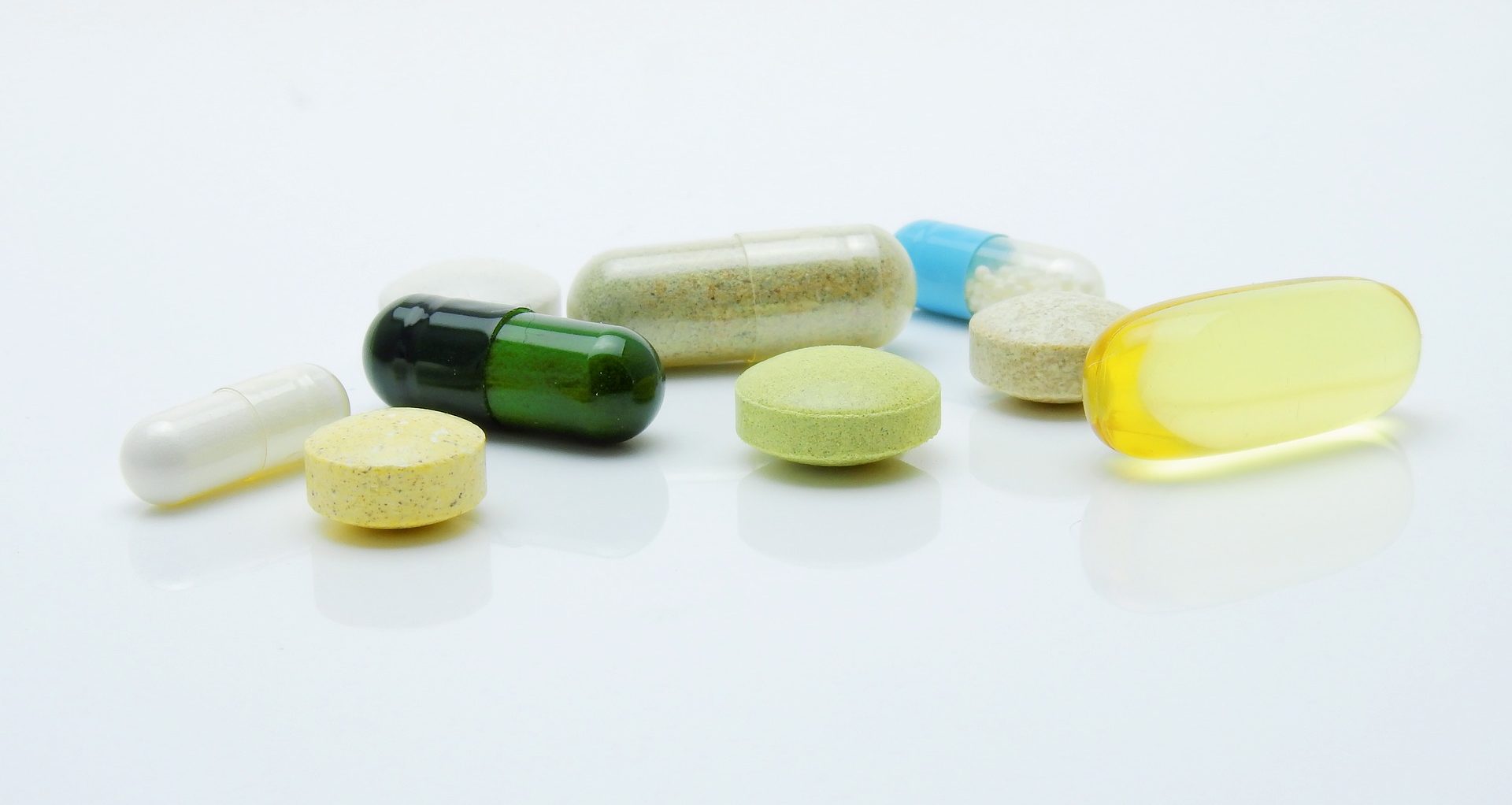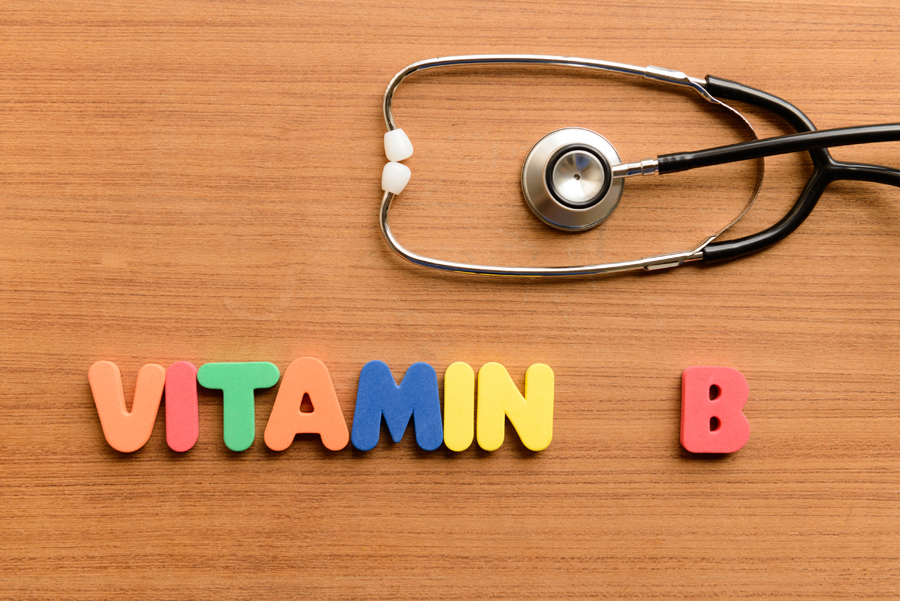Body Fat Promotes Heart Disease
Risk factors for heart disease – elevated LDL cholesterol, hypertension, elevated triglycerides, inflammation, and blood glucose – are all exacerbated by excess body fat, and overweight/obesity itself is considered a risk factor.1-3
Is it beneficial to be a little overweight?
However, there has been controversy about a potential “obesity paradox” in heart disease: the idea that some amount of excess weight either does not pose any risk or is even protective. Unfortunately, the studies that suggest there may be a protective effect of body fat are often the ones that get more news coverage; but this does a disservice to an already overweight and nutritionally misguided public, allowing them to believe that excess body fat won’t harm their health.
Is there really an obesity paradox? Or is it just that BMI is not a good measure of body fat?
Many of these studies have used body mass index (BMI), however BMI, which only takes into account height and weight, is not an accurate indicator of body fatness. BMI does not distinguish between fat mass and lean mass, nor does it take into account fat distribution (visceral fat vs. subcutaneous fat). Many people whose weights are within the “normal” BMI range are still carrying excess fat.
There has been no evidence providing a convincing explanation of how excess fat could possibly provide a cardiovascular advantage. Plus, there are numerous medical conditions may cause unintentional weight loss, including depression, anxiety, autoimmune diseases, cancers, and digestive disorders. In the elderly especially, a low BMI may be an indicator of muscle loss and frailty rather than an indicator of a healthy low level of body fat. In short, people who are thinner are not necessarily healthier.
Relationship between body fat and heart disease: using better measures than BMI
A new study is helping to clear this issue up,4 in a cohort of almost 300,000 people in the UK (age 40-69) who were followed for an average of 5 years. Their first analysis puts the optimal range of BMI for heart disease prevention at 22-23 kg/m2. It was a “J-shaped” association, meaning risk rose both above and below the 22-23 range. But the researchers went further. They used multiple measures of body fatness to get a more accurate picture: waist circumference, waist-to-hip ratio, waist-to-height ratio, and percent body fat.
Ultimately, what the researchers found was that using BMI produces different results than the other indicators. BMI was the only one that showed an increase in risk at the low end (<18.5 kg/m2). When they excluded smokers and participants with pre-existing diseases, the increase in risk associated with low BMI almost disappeared. The more accurate measures of body fatness – body fat percentage, waist circumference, waist-to-hip-ratio, and waist-to-height ratio – showed a clear trend: more body fat, greater risk.4
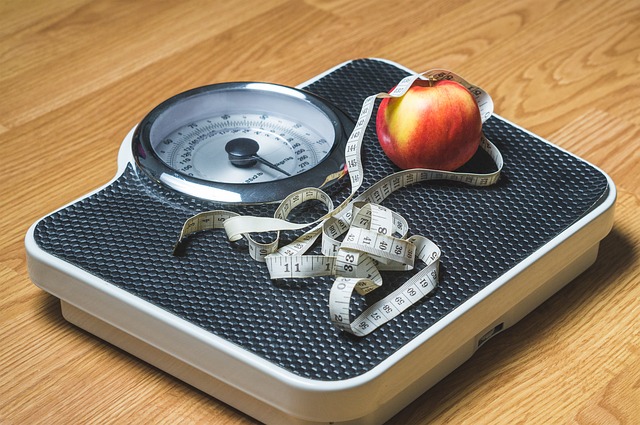
More body fat, greater cardiovascular risk
The researchers concluded that the obesity paradox observation mainly occurs due to confounding effects of disease and other factors on BMI, and that the “public misconception of a potential ‘protective’ effect of fat on CVD risk should be challenged.”4
As discussed above, a low BMI is often an indicator of disease, rather than an indicator of a healthy weight resulting from healthful eating. The standard American diet (SAD) is fattening. If someone is eating the SAD and is not overweight, there is likely something wrong.
Lose weight permanently on a Nutritarian diet
The dramatic weight loss-promoting effect of the Nutritarian diet contributes to cardiovascular protection. A 2015 study published in the American Journal of Lifestyle Medicine analyzed and reported weight loss results provided by 75 obese patients who had switched to a Nutritiarian diet. The average weight loss was 55 pounds, and very importantly, they kept the weight off. None of these respondents had gained back the lost weight after three years.5
Reprinted with permission from Dr. Fuhrman.
Dr. Fuhrman is a board-certified family physician specializing in nutritional medicine. He is President of the Nutritional Research Foundation and the author of 6 NY Times bestselling books, including The End of Heart Disease. Visit him at DrFuhrman.com
References
- Coelho M, Oliveira T, Fernandes R. Biochemistry of adipose tissue: an endocrine organ. Arch Med Sci 2013, 9:191-200.
- Tchernof A, Despres JP. Pathophysiology of human visceral obesity: an update. Physiol Rev 2013, 93:359-404.
- Benjamin EJ, Blaha MJ, Chiuve SE, et al. Heart Disease and Stroke Statistics-2017 Update: A Report From the American Heart Association. Circulation 2017, 135:e146-e603.
- Iliodromiti S, Celis-Morales CA, Lyall DM, et al. The impact of confounding on the associations of different adiposity measures with the incidence of cardiovascular disease: a cohort study of 296 535 adults of white European descent. Eur Heart J 2018:ehy057-ehy057.
- Fuhrman J, Singer M. Improved Cardiovascular Parameter With a Nutrient-Dense, Plant-Rich Diet-Style: A Patient Survey With Illustrative Cases. Am J Lifestyle Med 2015.


